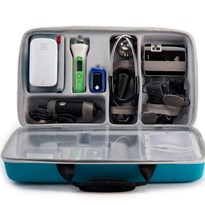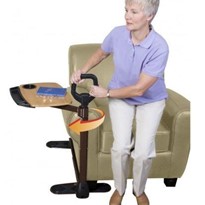As a principle, however, it has been around for a while and to quote The International Organisation for Standardisation (TIOS), telehealth is: "The use of telecommunication techniques for the purpose of providing telemedicine, medical education, and health education over a distance."
TIOS also distinguishes between telehealth and telemedicine where it defines telemedicine as: "The use of advanced telecommunication technologies to exchange health information and provide health care services across geographic, time, social and cultural barriers."
It is this, "for the purpose of providing" telemedicine, medical education, and health education over a distance that makes telehealth such an important tool in critical and emergency healthcare today, especially in remote or rural areas.
Telehealth is based on transmitting voice (or audio), images and information as opposed to physically moving patients and/or healthcare professionals. As a service, this is an incredibly powerful one and by using the right technology, a very efficient one.
Telehealth also encompasses diagnosis, treatment, preventive (educational) and curative aspects of healthcare services.
In most circumstances the healthcare professional, by using a telehealth system, is able to diagnose a patient and arrange for the provision of healthcare services to them remotely.
What are some of the benefits of telehealth?
For healthcare facilities
Telehealth ultimately enables better care to be offered more efficiently by healthcare professionals to their patients and community by giving them easy access to a specialist support network.
For healthcare professionals/specialists
Telehealth increases productivity and efficiency as it decreases the amount of time healthcare professionals and specialists have to spend travelling to their patients.
For patients
By using remote monitoring or remote consultations with healthcare specialists telehealth can significantly reduce unnecessary admissions and readmissions, saving time and money.
Fact… Did you know that as of 31 December 2013 the Department of Human Services had processed over 144,000 telehealth services provided to over 55,000 patients by over 9200 practitioners in Australia?
Where and how might you have seen or experienced telehealth systems and solutions?
Before technology developed and advanced to where it is today one of the main examples of a telehealth service was the use of video conferencing.
Using the principles of telehealth, instead of having to travel to visit a healthcare professional, patients use a videoconferencing system at their local GP's clinic or another local healthcare venue.


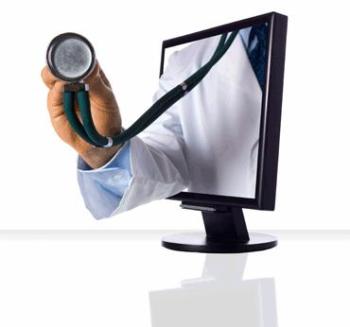












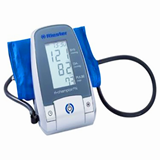

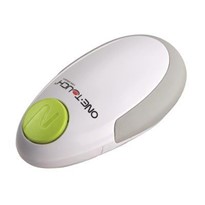




materials-205x205.jpg)
